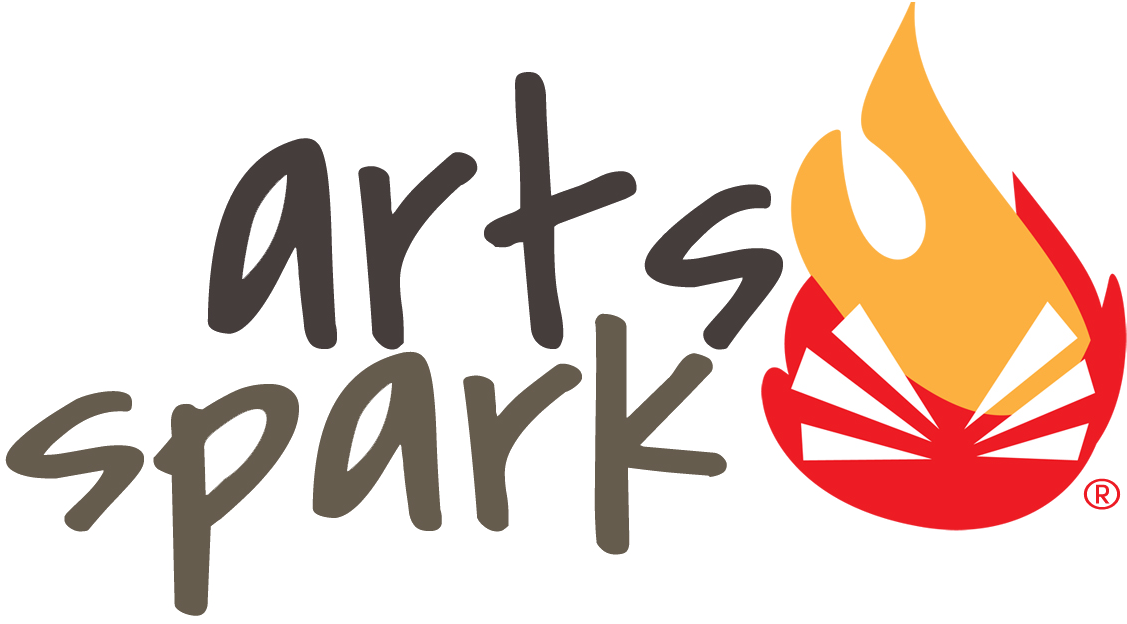How do I price my art so it will actually sell?
How do I price my art so it is profitable?
How do I price my creative work in a way where I can create more and grow my business with integrity?
If you are asking yourself these questions or questions similar to to these, here are some things to consider:
Cost
The first goal when selling your artwork is to cover your expenses from the piece’s creation. The second goal is to make a profit from the piece. The following formula will help you understand the breakdown of this concept and how to come up with a final retail price.
Variable costs + Fixed costs + Time + Profit = Wholesale x 2 = Retail
Your variable costs– include any material used in the creation of your project. For a painting this would include your canvas, brushes, and paint used. This number will vary based on how expensive your materials are per project. These will be calculated on an individual project basis.
Your fixed costs– are ongoing expenses you can’t change. Such as rent for work space, internet access, PayPal fees, utilities, etc. These costs must be spread out among the number of pieces you plan to sell on a monthly basis. So if your studio rent with everything included costs $700 per month, and you plan on selling 10 prints per month, then you have $70 in costs for each print.
Your time. It is up to you whether or not you want to factor your personal time into the expenses total, by adding a time expense you are now able to create a profit from your work.
After understanding your expenses you should take into account what you hope to make from your work other than the amount to pay back the expenses, this is known as profit.
Your profit is calculated on a personal basis. The aspects above will pay for the overall cost of your creation but if the point of selling your work is to make money it is important to figure this into the equation.
Wholesale is the price an item is sold at when sold in large amounts to other businesses rather than to individual customers.
Retail is the final price at which you will sell your product to an individual customer.
You may ask why the wholesale is doubled to reach the final retail price. This occurs because it would be a disservice to yourself to not do this. Although it may be tempting to sell your art at wholesale price because it might sell more quickly, the purpose of creating a true retail price is to help people understand that you are serious about selling your work and it will give you the final profit that you deserve.
Research
If the cost method formula is not for you, doing a fair amount of research can also be a good route to take. Viewing artists similar to yourself and examining their product pricing can give you a good idea of where to start. You can also go to art shows and events to discuss with other artists in your region about how they price their artwork. This is a great opportunity not only for recommendations that may give you a better idea of what to do but it can also give you an opportunity for new connections. Just like any other situation, the more knowledge you have the better, so don’t be afraid to ask any question you may have regarding the topic.
Goals
When attempting to sell a product, setting goals will help you understand how you should price your pieces as well as give you something to work towards. While these goals can change over time, having foundation to build upon is a great way to start your selling process. Understanding how many pieces you wish to sell in combination with how much money you hope to make will give you a better idea of how you should price each piece.
Test
There is no right or wrong way to price a product. If you are having difficulties coming up with prices or are having difficulties selling specific pieces start pricing things at different levels to see what is the most profitable. By using trial and error you will be able to figure out what pricing methods works best for you that will help you sell as well as earn a profit.
Conclusion
Pricing for profit is something that takes time. As an artist you have to understand that sometimes it will take some effort and research to reach a profitable price that is also marketable. Don’t be afraid to overprice your products because prices can always be negotiated and lowered to how you see fit, however if you price your objects too low you may lose money, or diminish your value as an artist, which you should definitely try to avoid. You should attempt to break even or make profit in any selling circumstance.
Sources:
http://theabundantartist.com/how-to-price-art-prints/
https://blog.etsy.com/en/a-simple-formula-for-pricing-your-work/

